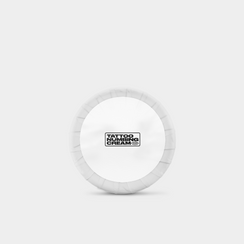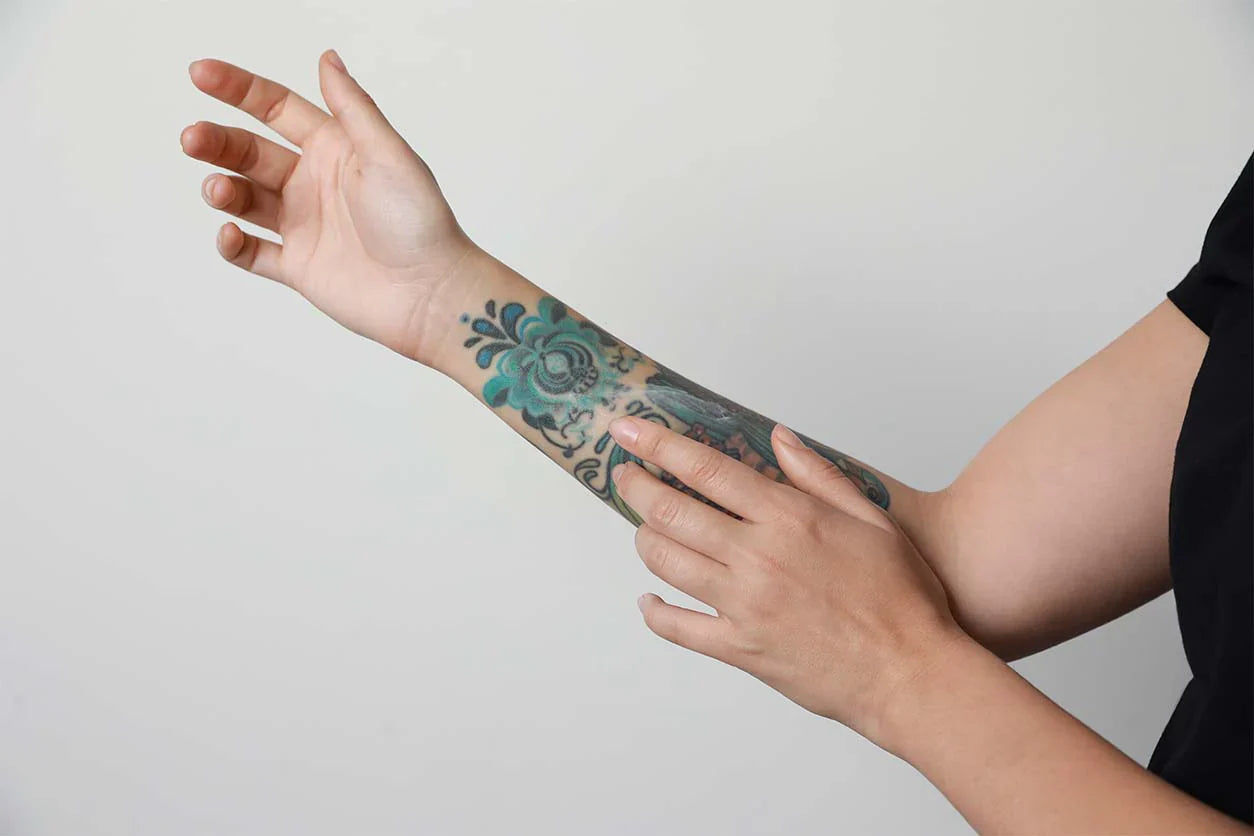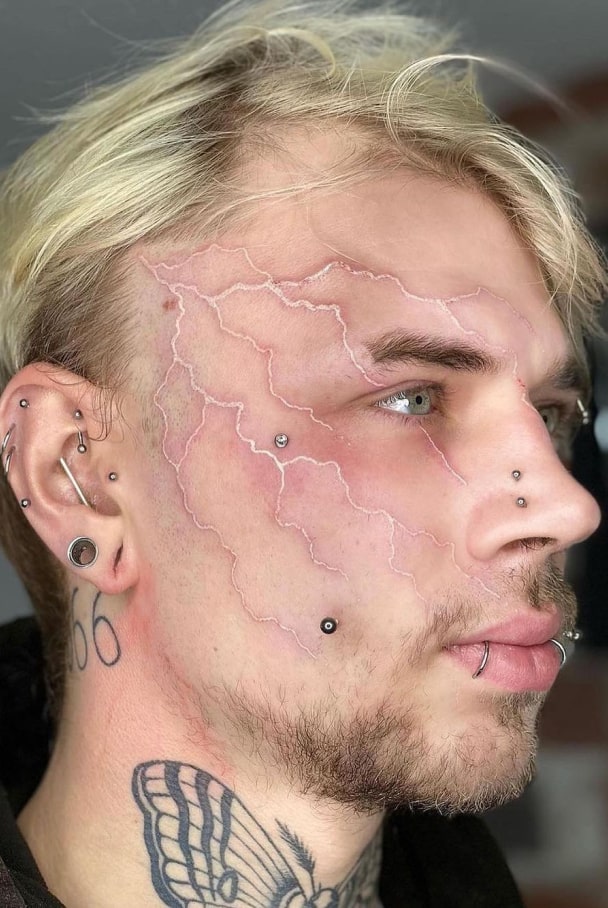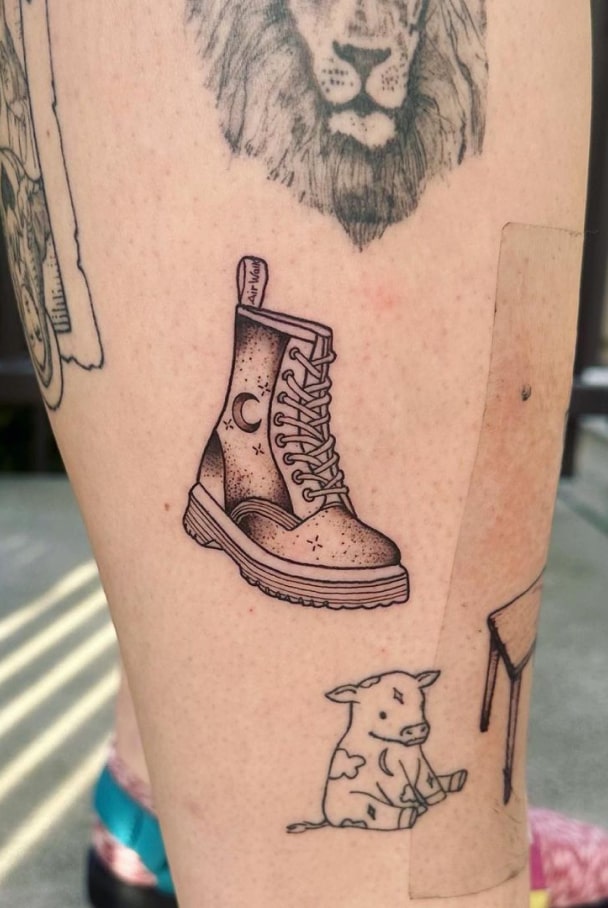Waxing and epilation are two very popular methods of removing hair. Waxing the older, more popular method and exploiting a newer, technology based choice that is becoming ever more popular. Despite their popularity, both methods involve a great deal of pain which is their common flaw. Although, this can be overcome via Tattoo Numbing Cream, which negates this pain and makes for a more pain-free experience.
Which is More Painful, Waxing or Epilating?
In short,waxing is less painful than epilating, but why? Both methods pull the hair directly out by its root and in turn they warrant similar magnitudes of pain. Although, the sensations according to each method are very different, with epilation being a much slower process, causing a longer lasting sensation of pain. On the other hand, waxing is one, swift movement and in turn is debatably the better option. However, the pain factor can be removed via Tattoo Numbing Cream and in turn, despite the fact that waxing can be argued to overall be less painful, it doesn rule out epilating as an option for hair removal.
Which is Easier To Do, Epilating or Waxing?
Epilating is the simpler of the two, with only a few simple steps:
- Clean the area - Prior to epilating, using soap, water and an exfoliant (exfoliant not required but will aid in removing dead skin etc) clean the area that you plan to remove hair from.
- You are now ready to epilate - Gently glide the epilator along the surface of your desired area and it will pluck the hairs right out, while also causing you some discomfort that can be easily overcome with the use of Tattoo Numbing Cream.
Waxing, however, is somewhat more complicated, involving more steps than epilating.
- Check hair length - Prior to waxing, ensure the hairs are around 0.25-0.75 inches long.
- Avoid retinol creams - Two to five days before waxing, refrain from using products containing retinol on specifically, but not exclusively the face in order to prevent the removal of skin, along with hair.
- Get comfortable - The process of waxing can be stressful for some as it involves a great deal of pain and in turn, in order to prevent this pain getting too much in the way, ensure you are in a comfortable position as a way of maximising your pain resistance.
- Wash the desired area - Ensure the area that is being waxed is utterly clean, using soap and water as well as an exfoliant in order to ensure all dirt and dead skin has been removed. As a simple exfoliant you can make at home, mix sugar and oil together such as coconut oil.
- Warm the wax - Follow the directions on the package, and always test the temperature of the wax by applying a small amount to the inside of your wrist to ensure its temperature is appropriate. The wax should be warm, but should not be hot enough to cause any harm (via burning).
- Apply the wax - Apply the wax to your desired area. Ensure to be somewhat generous with your application, but not to the point where it is overwhelming to avoid drowning the area in hot wax. For the best results when waxing, apply wax in the direction of hair growth.
- Apply waxing strip - Once the wax is applied, place the strip over the wax and press down firmly. Leave the strip on for two to three seconds.
- Remove the waxing strip - During removal, hold skin taut with one hand and with the other hand quickly rip off the strip in the opposite direction of hair growth.
- Soothe skin - Post wax, use a variation of methods to soothe the skin such as using cold packs; avoiding hot showers or baths; applying moisturiser; and trying to avoid tight clothing in order to minimise contact between skin and clothing. When choosing a moisturiser, try to avoid one that clogs pores as this will also be beneficial to you.
Just by comparing the size of the two sets of steps, we can easily see that waxing is the more complicated of the two. Although, the great size difference is somewhat misleading as the void in ease is not as large as this portrays it.
How Can The Use of Tattoo Numbing Cream Aid Both Processes?
Tattoo Numbing Cream removes the pain element of both methods. Both epilating and waxing involve a great deal of pain and in turn, by removing this factor we can make a better conclusion on which is truly better. So how do you apply Tattoo numbing cream in order to aid your epilation/waxing?
There are six steps to applying Tattoo Numbing Cream that you can buy here.
- Wash the area you plan on removing hair from with soap and water. You can also use an exfoliant to ensure the removal of any dirt or dead skin. This will not only help prevent ingrown hairs, but it will also aid the cream in completely sinking in, decreasing the time it takes for you to move on to the next step. Once clean, dry the area.
- Generously apply the cream, ensuring to completely cover the area you are focusing and rub the cream in thoroughly.
- Then cover the area with a layer of cling film. This will help the cream to activate and prevent it from drying out.
- Leave for 90 minutes.
- Once this time has elapsed, wipe away any excess cream after removing the cling film.
- You’re now ready to either epilate or wax.
So Which is Better, Epilating or Waxing?
Overall the two processes, despite their varying methods, are very similar and neither one completely outweighs the other. Although, depending on what your specificities are, one might be better for you than another.
Here are some of the criteria that may apply:








